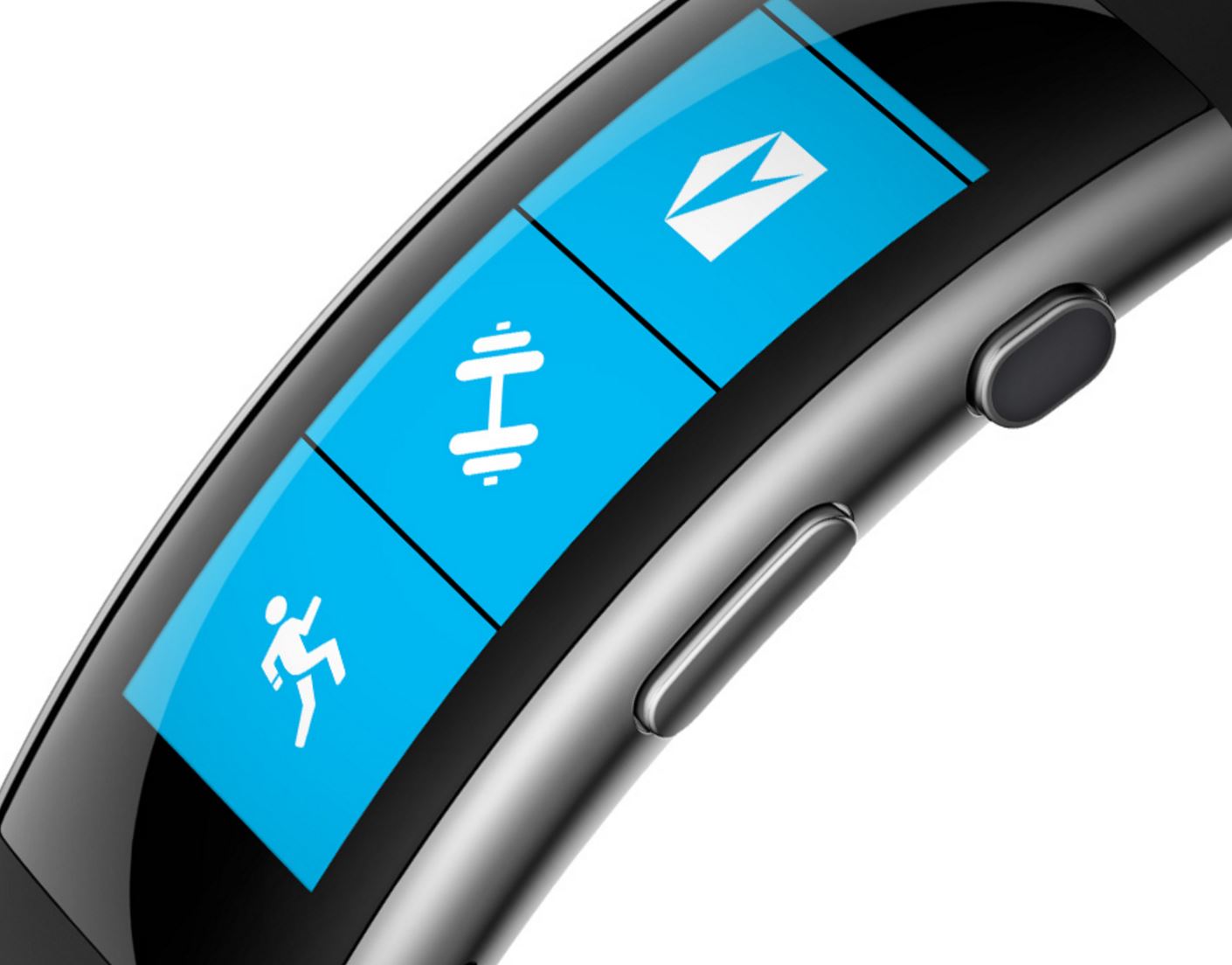Microsoft Band 2 review from a first-time fitness band user


I thought it looked cheap, bulky and uncomfortable. Plus I'm not a runner, cyclist or workout fanatic. I wasn't interested in the 1.0 version of the Microsoft Band in the least.
For the past three weeks, I have been wearing the Microsoft Band 2to see what all the fitness-band fuss is about. I was curuious if wearing a fitness band would be interesting for someone who isn't an athlete and who has never felt any desire to wear any kind of fitness tracking device.
I live in New York City, and like many here, my main way of getting exercise is simply by going about my day-to-day business without a car. Even though I work at home, I still walk quite a bit daily, as I rely on the subway and walking to get around.
I largely found the Band 2 fairly unobtrusive and mostly comfortable, except for typing. The new clasp, which is where the charging cord plugs in, is metal. I wore the band with the curved glass facing up and was constantly worried about scratching my keyboards. Instead, I ended up getting quite a few scratches on the metal clasp, though none on the glass face of the device.
I ended up taking off the Band 2 to type, to shower or wash dishes (it's water resistant, but not waterproof) and to sleep. I tried out the sleep-tracking feature one night, but didn't feel I'd get any value from knowing my sleep patterns.
I charged the Band 2 daily, even though I still had 75 to 85 percent battery left. Microsoft advertises battery life at 48 hours, with 1.5 hours required for a full battery charge.
I liked knowing how far I was walking daily, and felt like wearing the Band 2 inspired me to walk even more than usual. I felt as though the step/mile counts I logged were largely what i expected, knowing the distances to my normal haunts.
I also liked being able to glance at my Band to see incoming texts and email messages, so I could skip pulling my phone out of my pocket to check whether I needed to respond immediately to any incoming notifications. I did have issues on two different days where my texts and emails simply stopped syncing. I had to wait again for them to sync; I couldn't figure out a way to force-sync them.
The interface on the Band 2 looks largely like the one on the first Band. It's fairly easy to navigate. Though Microsoft touts the usability of the mini keyboard for crafting short responses to messages, I found doing so to be more trouble than it was worth, though I bet I'd get faster with it if I tried using it repeatedly. I didn't care about the Cortana voice integration, as I almost never "talk" to Cortana on any of my devices. (I prefer typing. Old habits die hard.)
From a wearability and looks standpoint, I think Band 2 is definitely a step up from Band 1. Would I shell out $250 for a Band 2? I'm doubtful -- though the reasons are as much about me as the Band 2.
I did like the motivational and glanceability aspects of the device. But not being an athlete, I still don't think I really need a fitness band. If and when there are more apps/plug-ins like boarding-pass/ticket wallets, I might find more reasons to rethink how much I'd use the Band.
The Band 2 goes on sale on October 30 in the U.S. with availability in more countries to come at some point down the line. The device works with Windows Phone 8.1 and above devices, as well as iPhones and Android phones. The Microsoft Health app provides users with synced tracking stats. Cortana integration is currently available on Windows Phones only, but will come to other devices (to varying degrees) in the future.